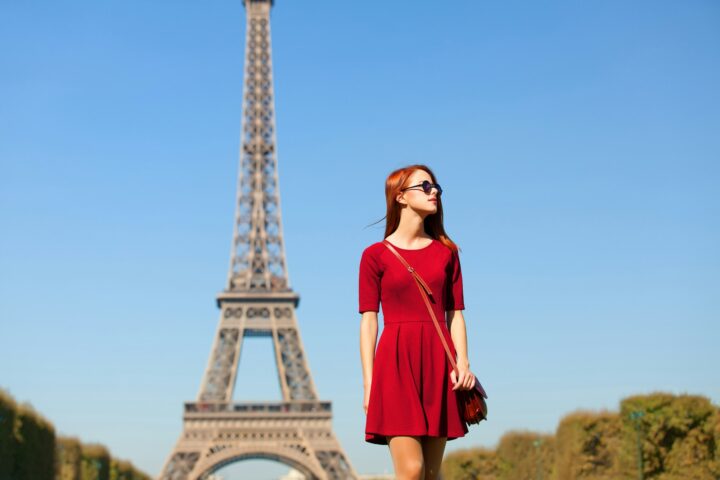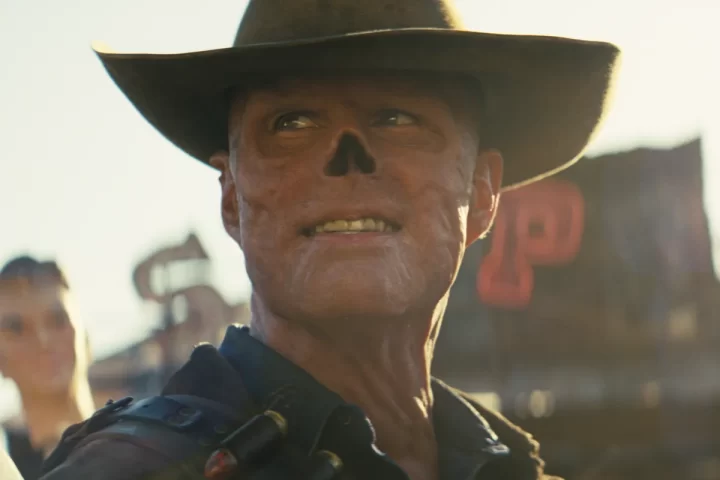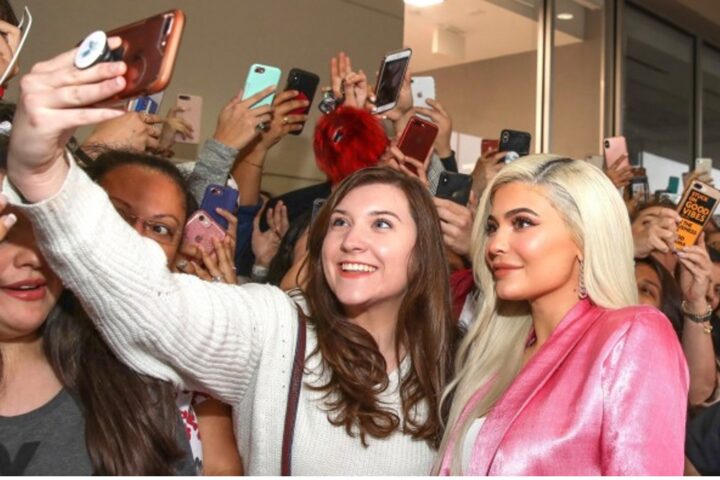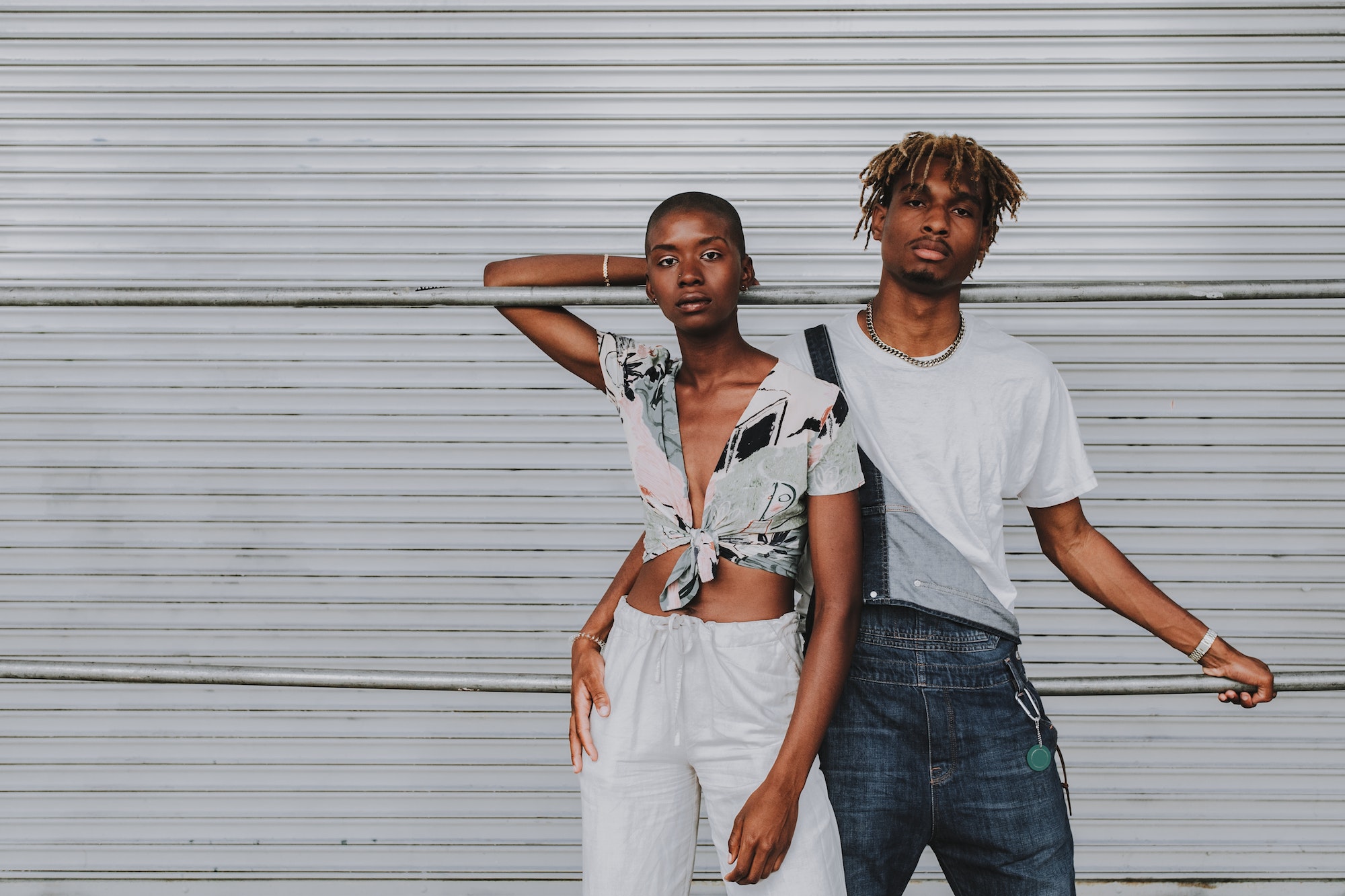The past decade has seen exponential growth in push towards inclusivity in the fashion industry. The consumer consciousness has opened up its eyes towards the narrow and skewed narrative being enforced by the industry and has raised a voice against it. The inclusivity movement has taken a center stage across all forms of media, from print publication to social media. The fashion and beauty industry has time and again drawn flak for its lack of diversity, inclusivity, ethicality and sustainability. While in terms of inclusivity and diversity, it may seem like the industry has made efforts and improvements, it still has a long way to go until tangible improvements can be seen.
There is no denying the fact that there is a fixed narrative that the fashion industry has been pushing to the forefront for ages. On thinking of a runway, the image that often pops up in one’s head is that of a skinny, light-skinned female, with long legs strutting her way down the ramp. From Bethan Hardison appearing in the Versailles Fashion Show in 1973, and designers such as Yves Saint Laurent and Jean-Paul Gaultier including ethnic influences on the fashion via “exotic” models in the late ‘70s and ‘80s, the industry retraced its steps, reverting to the norm. The French fashion brands returned with a more gothic representation of fashion donned by young zero-sized, fair-skinned women, often from Eastern Europe.
Hardison, now 78, spent the past decade advocating for increased representation on the runway and ad campaigns. Her efforts along with those of other activists have started paying off, the industry, facing the wrath of consumer activism and political consciousness has made changes. There has been visible a shift, even if a minor one. However, issues surrounding body image continue to plague the industry. Of all, the major culprit that still pervades every platform in the industry is the one relating to size. The unrealistic size standards of “zero”, apparently mistaken by the majority as “fit”, continue to take the Centre Stage.
However, size inclusivity is just a part of the problem. The tentacles of non-inclusivity in the industry run deep and cover issues such as ethnicity, race, gender and age. One of the most overlooked, yet impactful issues is that surrounding age inclusivity. The issue ranges from lack of older and more mature women on the runway to the lack of sartorial options to explore. Vogue India, in the month of August, ran a central theme of “Ageless”, advocating for the fact that age is a non-existent concept and not a determining factor for a woman’s beauty or the way she must choose to express herself in terms of clothing.
The way the fashion industry caters to the needs of women falling into a younger age bracket, with dynamic trends that change every fortnight, is completely different than that of women that cross a certain threshold with age. Either they are ignored completely, or offered kurtas and sarees. In terms of western clothing the options that they have are frumpy, shapeless and boxed. However, it is time that the industry awakens to this side-lining of a demographic of women that possess such huge purchasing power. In a report by the International Longevity Centre (ILC-UK), it was highlighted that ageism and ignoring the needs of the older generation poses a threat of a loss of more than £11 billion in the next two decades. It was highlighted that once they cross the age of 75, women stop spending on clothes altogether, resorting to fashion that they had been following earlier. While these women have significant purchasing power owing to their savings and have no lack in the desire to look stylish, the lack of options available to them pushes them away.
Models, once they cross the threshold of a certain age, are side-lined reverently as “mature”, rarely given representation on the runway. The past few years have still seen a miniature increase in elderly models. In 2015, author Joan Didion had starred in a campaign for Phoebe Philo, at the age of 82. Following this, L’Oréal had casted Jane Fonda and Helen Mirren in its campaign. Charlotte Rampling had modelled for Nars lipstick. Calvin Klein lingerie had cast models Lauren Hutton and Joni Mitchell had modelled for St Laurent. The luxury cosmetics brand Lancôme had cast Julia Roberts as a model.
While these brands have awakened to the inclusion of varied age groups in their advertising and marketing, a tangible age inclusivity in the industry as a whole is still far from reality. The issue still remains to be sensitive. While big names in the fashion industry such as Gucci, Dolce & Gabbana and Calvin Klein are to be lauded for their decision, they are still in a minority. The industry as a whole continues to be in a state of ignorance with regards to the problem of ageism. As per the diversity report by Fashion Spot, in the Spring-Summer runway season of 2020, out of 200 models, only one was aged above fifty.
While the industry continues to turn a blind eye to this age group, continuing to cater to a much younger audience, what the brands do not realise is that they are missing out on a huge chunk of profit and benefits. Of all, bringing back models who had represented the brand in the past to represent them in the present can add to the heritage value of the brand. Examples of this were seen when Vivienne Westwood, at the age of 75 had returned to model for her brand in Autumn Winter Season of 2017, and when Yasmin Le Bon had returned to the runway in 2018 to represent for Calvin Klein at 53. The most ground-breaking incident is one of Spring Summer 2019, when models Isabella Rossellini, Carla Bruni and Monica Bellucci had walked for Dolce & Gabbana. This was not only a message regarding age inclusivity but had also added to the marketing of the company. The company received a huge marketing boost owing to the fact that all three women have a significant fan base.
Another economic aspect of the loss that these companies are taking upon themselves is overlooking a section that has enormous purchasing power. Women in the present exercise immense power and influence that spans across different age groups and industries. Women hailing from an older age bracket are no different, yet they are being constantly overlooked as potential and valuable consumers in the fashion space. What is even more noteworthy is the fact that women from this older age bracket have expressed no less of a desire to look fashionable and dress up in stylish clothing that accentuates their bodies. Further, on a much deeper commercial analysis, it has been pointed out by the Boston Consulting Group and Tencent that the average age of a luxury consumer worldwide is 38. Shoppers from a much older age bracket possess a considerably high purchasing power. The purchasing power combined with the desire to dress up fashionably of women coming from an older age group is one of the most lucrative aspects for the industry.
If brands are to become honest about their marketing, they will come to a stark realisation that by targeting only a younger consumer base and side-lining those who actually yield power along with an interest, they are overlooking huge amounts of profit. Revamping the marketing strategy to make it inclusive this significant slice of the consumer base holds immense monetary power as well as fame.
The discourse around age inclusivity in the fashion industry is just begun. As the consumers have started becoming conscious of and voicing the many ways in which the industry has reinforced unrealistic standards, the latter has been compelled to make the much-needed changes. The topic of age inclusivity is still new as compared to the rest of the issues. The industry needs to undergo an enormous overhaul before it can be termed to be an all-inclusive one. Slowly and steadily, brands are opening their eyes to age inclusivity, consciously or unconsciously. Marc Jacobs and Kate Spade were few of the designers in the New York Fashion Week this season to have taken a conscious effort towards age inclusivity by putting up age-inclusive shows. However, this is just a minor ripple in a whole sea of an ignorant industry.










Because 2012 was a small climax in the male model industry, the youngest in the era of the last goddess that year, the fashion industry set off a trend of super male models, male models appeared in the youth model of the year, the golden age of the male industry, created and Misa Patinszki was a one at the time. A newcomer, only 1.82 meters, did not immediately become popular.
Thanks , I’ve recently been looking for information approximately this topic for a while and yours is the greatest I have found out so far. However, what in regards to the bottom line? Are you certain about the source?